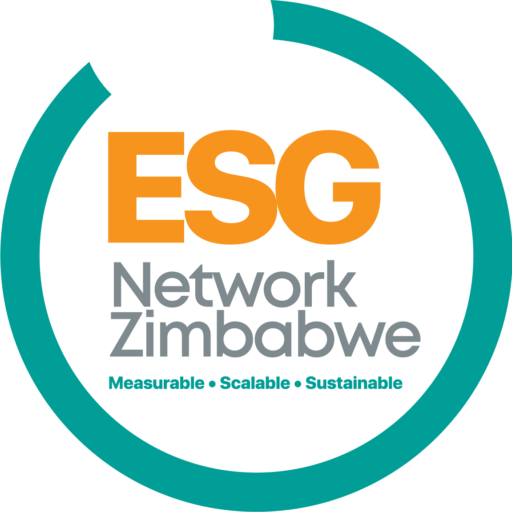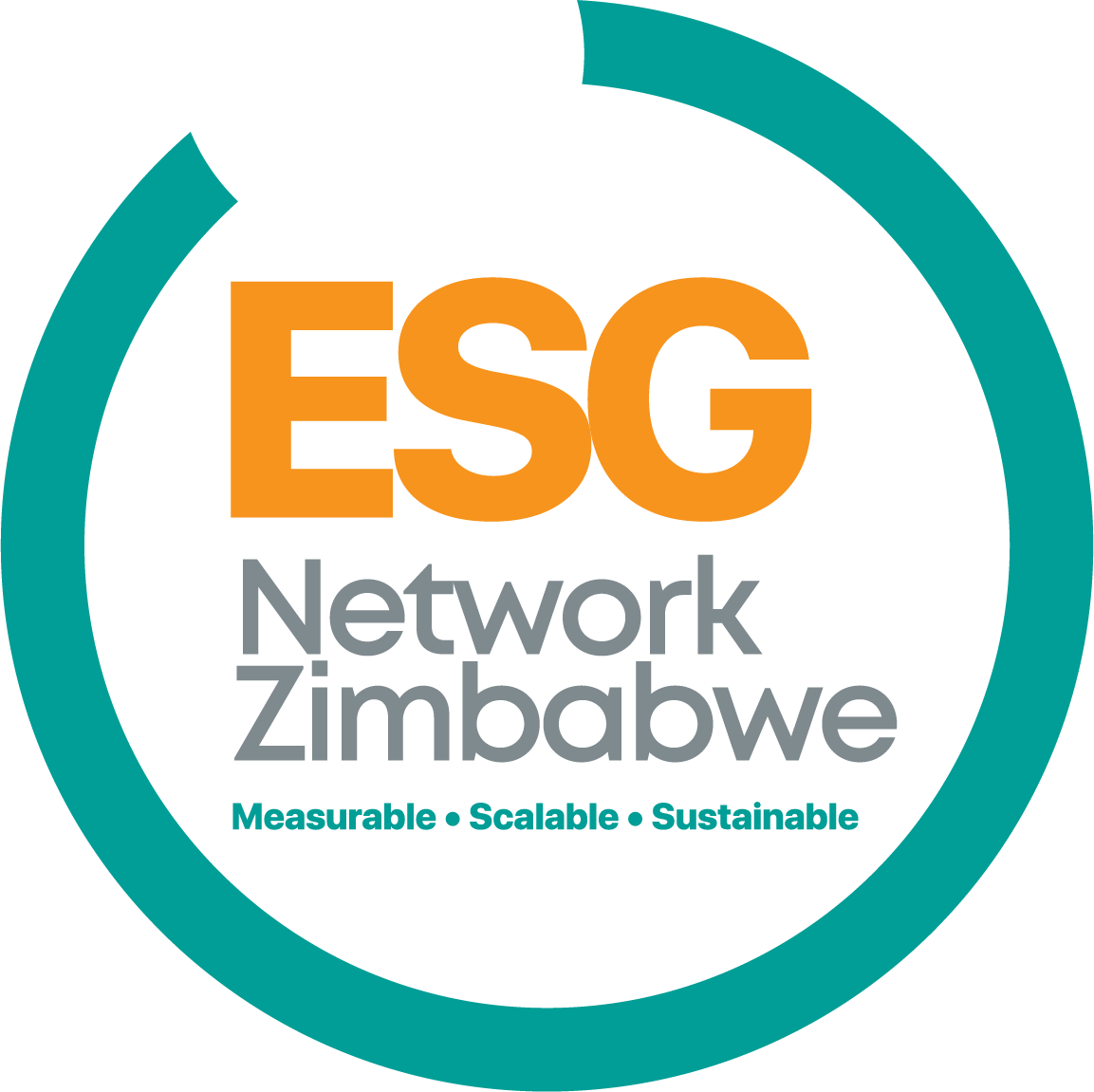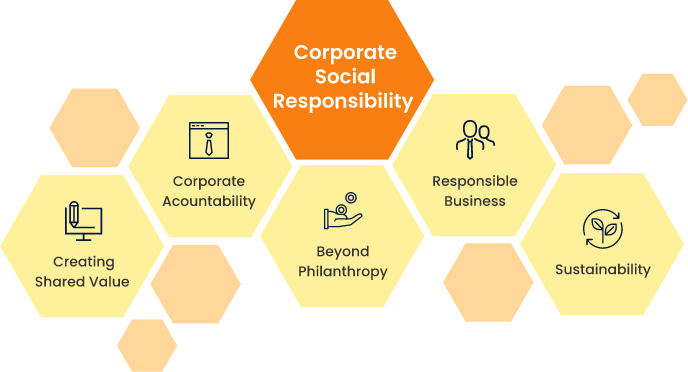Researches over the years shows that 85% of employees agree that the more a business engages its employees in its charitable giving decisions, the more trust employees have in that business.
Engaging your people in your programs, early and often, is key to more participation and longer tenure. Here are seven proven tactics you can implement to involve your employees in purpose from the get-go and keep them engaged over time.
7 ways to engage your employees with purpose on day 1 (and beyond)
- Infuse purpose into onboarding
Make sure you’re doing more than mentioning your program to new employees. To intentionally engage them, you could provide them with donation currency they can use in your program, or you could bring new cohorts together to volunteer online or in person. This is not only rewarding, but it gives new people a taste of how your program works, and they’ll see the difference it makes by trying it out for themselves. If you offer donation currency, follow up with reminders to donate — people don’t like to see goodness go to waste, but it can be easy to forget to use rewards. Also, keep in mind that your remote people may need more tailored and organized activities during onboarding and for their first 12 months on the job. - Communicate your company’s contributions and commitment
When people see that leaders value purpose, they do too. In fact, leadership involvement and communication about programs are two of the biggest predictors of participation and program success. This means it’s important to communicate the purpose investments your company is making — like the grants or social impact projects you’re funding — at company-wide or large events to demonstrate commitment from all levels within the business. It’s also important, from a culture perspective, to use company-wide communication channels to highlight your company’s investment in impact. - Activate middle managers
These key employees can champion social impact activities while driving awareness on their teams. Some Benevity clients, like Starbucks, have their managers walk all new employees through their purpose program and systems so they understand the program right away. Managers can also thank and reward team members with charitable gift cards they can use to donate to causes they care about. - Tap into — and support — your affinity groups
Affinity groups, or employee resource groups (ERGs), are a powerful driver for connection, as many people who join a new workplace want to find “their people” and get involved. By showcasing and amplifying the work of your ERGs and helping employees feel they belong at work, you can build a sense of community and impact early. Make it even easier by providing an online hub for all of your groups. - Use a mobile app or create a mobile computer station to reach remote workers
Make your program as inclusive as possible by ensuring equal access for your desk- or device-less employees. You’ll see participation grow while showing your people that an inclusive and equitable culture is important to your company. - Don’t wait for your annual campaign
Engage your people all year round, and use awareness dates like Black History Month and International Women’s Day, as well as real-time events or crises, to let them know they have a way to act on the issues that matter to them. Then, empower your people by enabling them to post their own giving and volunteering opportunities to garner support from their peers. They could even use your program to send charitable gift cards to customers, prospects, vendors and other team members as a thank you. - Engage your people in corporate granting
Our research on stakeholder philanthropy shows that when it comes to how your company directs corporate funds and grants, your employees want to have a say. Get them involved by forming employee selection committees where they can help choose grantees, or even have them nominate grantees themselves. They could also help organizations complete their applications. Engaging your people this way helps them build skills and cross-functional relationships, which is good for them and your business. And, because many employees love learning and development opportunities, especially as it relates to the social impact space, this is a great way to get them involved without changing their day jobs.





